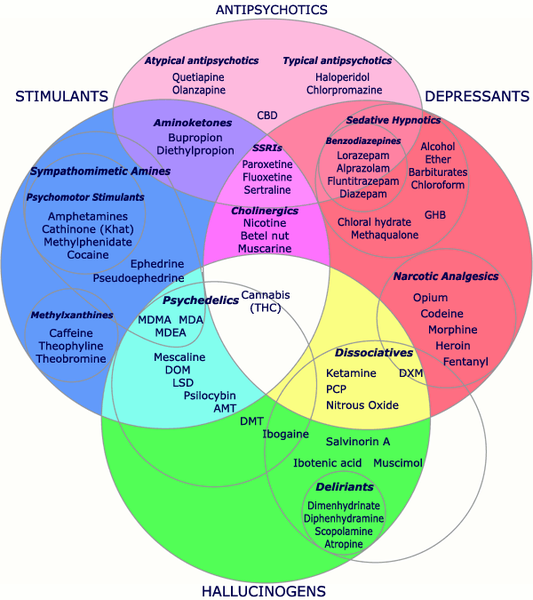 A Jacksonville (IL) high school English teacher has been suspended because he "allowed students to read the article 'The Gay Animal Kingdom' from the June 7, 2006, edition of Seed magazine." Teacher Dan DeLong has been suspended pending a school board meeting on Monday. The story was written by one of my favorite science writers Jonah Lehrer and presents the research of Joan Roughgarden, a Stanford biologist who challenges Darwin's perception that homosexuality is a maladaptive behavior given that hundreds of animals species show same-sex behavior.
A Jacksonville (IL) high school English teacher has been suspended because he "allowed students to read the article 'The Gay Animal Kingdom' from the June 7, 2006, edition of Seed magazine." Teacher Dan DeLong has been suspended pending a school board meeting on Monday. The story was written by one of my favorite science writers Jonah Lehrer and presents the research of Joan Roughgarden, a Stanford biologist who challenges Darwin's perception that homosexuality is a maladaptive behavior given that hundreds of animals species show same-sex behavior.Clearly the whole story has not emerged and there are some differences with psych teachers -- DeLong is an English teacher, for example -- but I personally find this action chilling. This research has long been part of the psychology curriculum and in our textbooks, so I wonder if the opposition to this article has to do with the nature of the article itself or the somewhat graphic language Lehrer uses in some parts of the article -- language that's perfectly acceptable in an piece written for adults but perhaps a little much for a high school audience. Still, I doubt this is over a few words.
Supporters of DeLong have created a Facebook group and the story is already making the rounds of the blogosphere including on Twitter and on Andrew Sullivan's blog The Daily Dish. I'll keep an eye out for an update and post here again with more news.



















 One question my students always have is, "what is a concussion?" and "why do they have to stay awake?" after experiencing one. Over the past couple years, I have found these resources.
One question my students always have is, "what is a concussion?" and "why do they have to stay awake?" after experiencing one. Over the past couple years, I have found these resources.


























